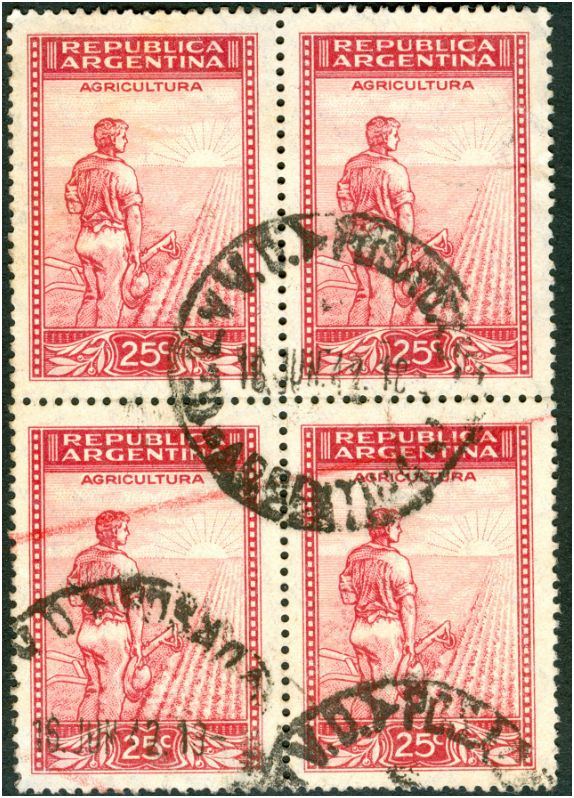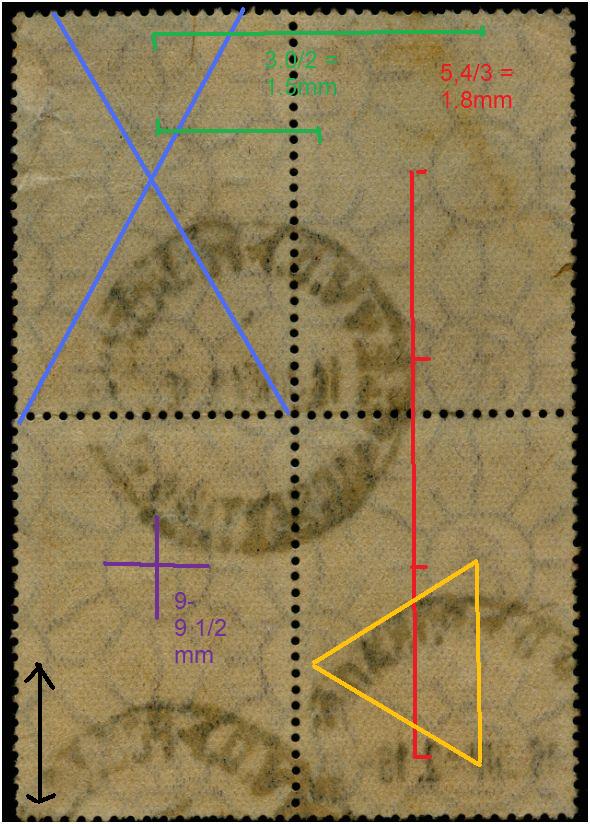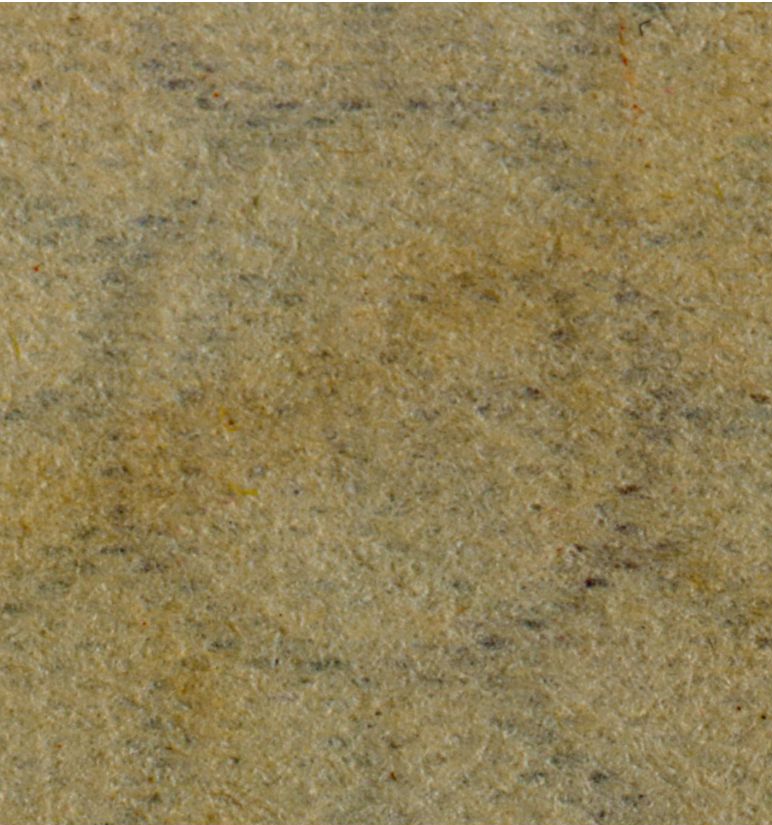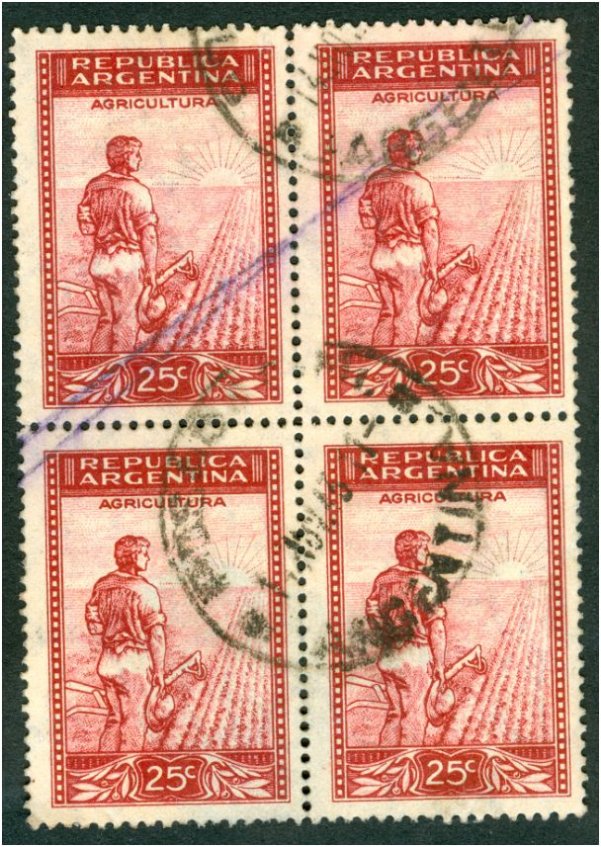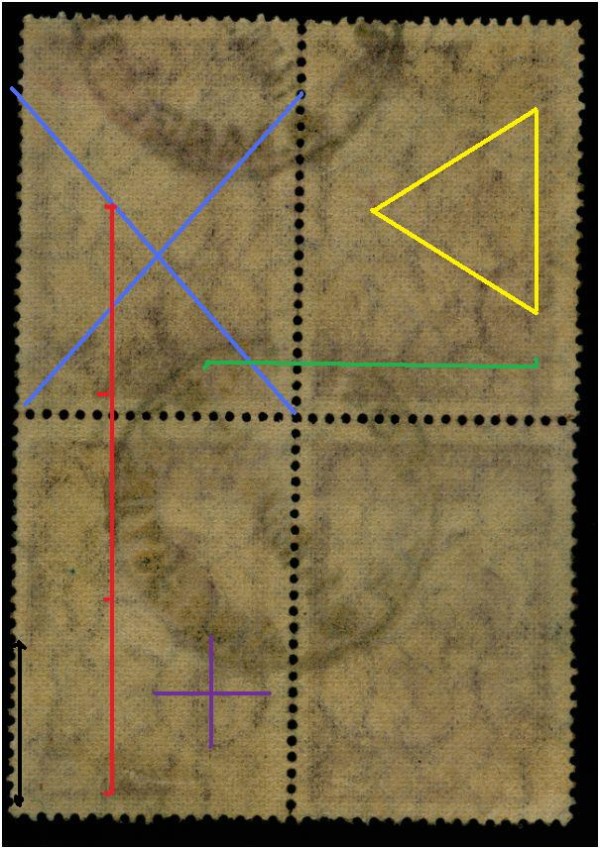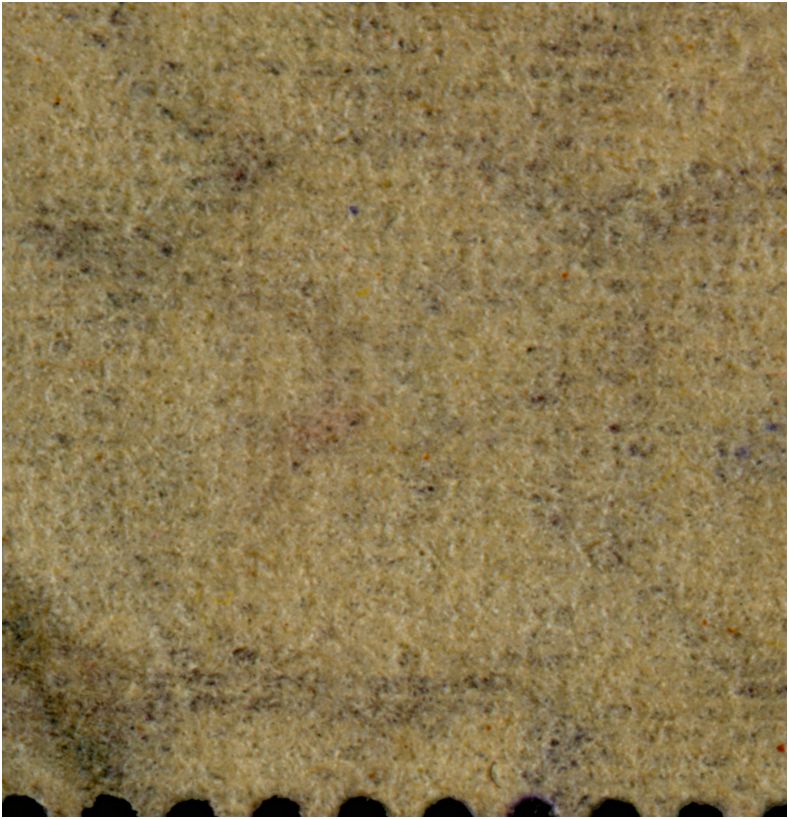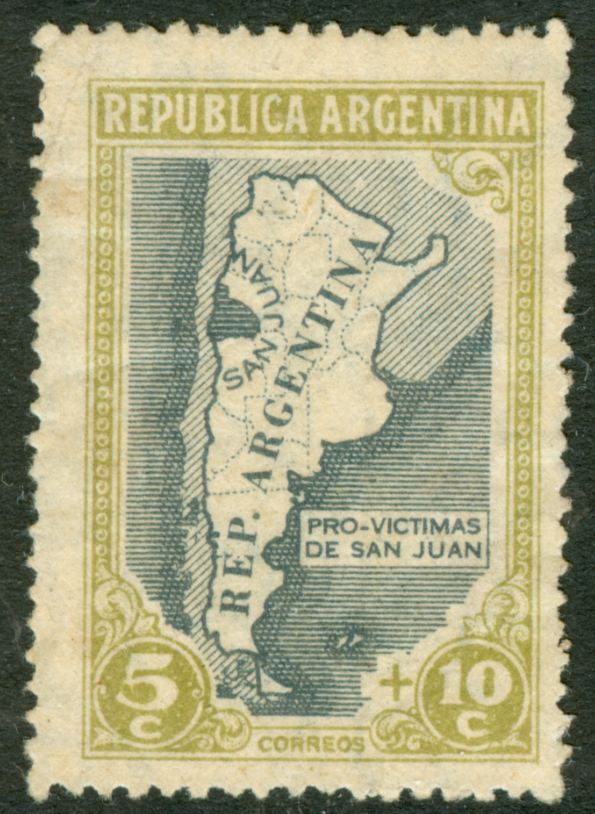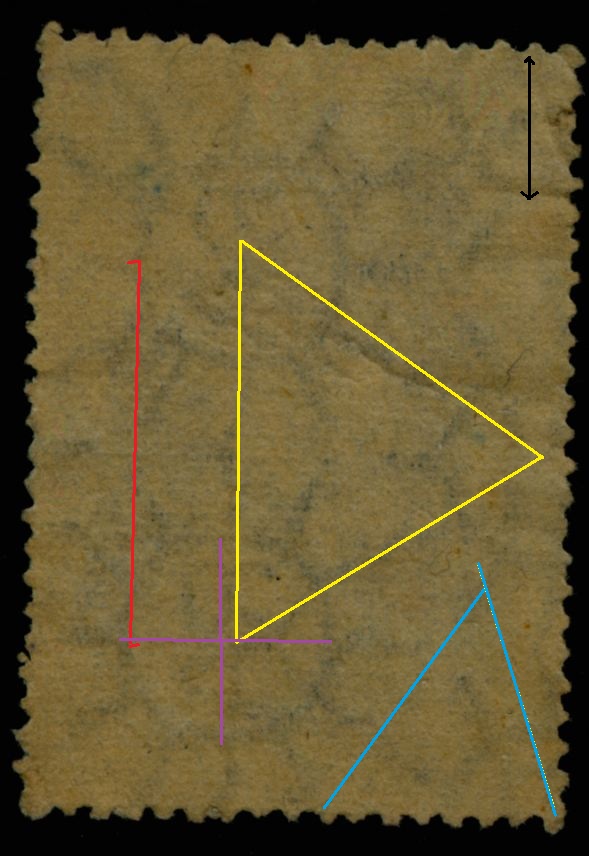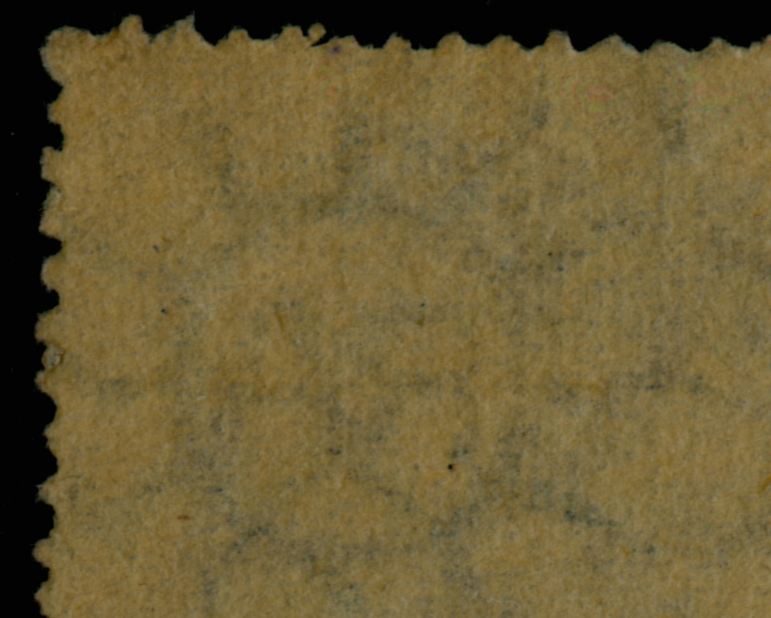Javier,juso » 17.01.2011 23:33 escribió: El tema de papeles y filigrana es un tema que tenemos con Luis desde hace data en Alo-Alo ( y no tocamos el tema de colores!!!!), para la clasificacion de un papel en particular, como dice Luis el cilindro dandy es el que nosotros llamamos "cilindro bailarin", es el que tiene soldadas las filigranas de alambre, estas se imprimen cuando el papel todavia esta en estado de pasta (esta blando), quedando la filigrana o marca de agua en el papel.Ahora bien estas filigranas de alambre en total en el cilindro no eran todas iguales y perfectas, eran hechas a mano y soldadas (veamos la epoca en que estan hechas), por lo tanto vas a ver irregularidades en algunas....pero existe un patron en todas ellas, si hablamos en el Mate Importado se observa que bien hecho que esta la filigrana, trata de ser con letras bien formadas, claras,el sol grande,los rayos bien ondulados..
y se distuingue muy bien con un Mate Nacional o con un Rayos Rectos....claro vas a ver si despues esta algo semiovalado,la R no es la misma que en otras R de otras filigranas en el mismo cilindro, es mas, una vez observe un sello que al sol de la filigrana le faltaba un rayo, se habia desprendido de la soldadura!!!....de esto vas a mirar y mucho...pero para clasificar un papel en particular para mi, es la combinacion de la trama del papel con las caracteristicas de la filigrana que contiene.
La trama del papel tiene ciertos patrones, y la filigrana tambien los tiene, si la combinamos dara como resultado la clasificacion del papel y epoca de la tirada del sello en cuestion de la serie, como saben yo sigo la metodologia que me enseño mi maestro Dario Bardi en el tema de los papeles, y cuando buscas un resultado, tenes que tener a mano todas las caracteristicas para poder clasificar, de ejemplo les mando el papel mate importado granulado horizontal, que es facil de identificar, miremos bien los parametros generales que tiene para poder clasificarlo e identificarlo para poder difeenciarlo de los demas papeles,y un tercer grafico de las filigranas en los distintos papeles (este grafico esta barbaro para ver las caracteristicas que tienen cada filigrana para cada papel, esto hay que observar para poder distuinguilas unas de otras), espero Luis y Pablo que sirva.....y Pablo no se si tenes el libro de Dario Bardi , Catalogo de Proceres y Riquezas I, te lo recomiendo si queres empezar a iniciarte en este asunto.....saludos....y como siempre....van los graaaafiiicoooossss!!!
juso
your graphics are great but.... The Wiggins Teape parallel watermarks are identical = Granulado horizontal = Tela = Rayado vertical! The difference is in the paper wire or as you call it TRAMA. From the graphics you may get the impression that there are 3 different watermarks!
Why don't you show us the TRAMA!
to be continued ....

